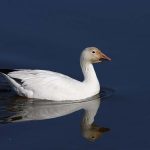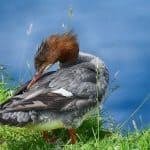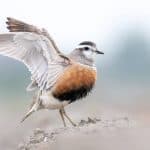Egrets are actually a type of heron in Hawaii, which is a waterfowl typically found near or in water. These birds are a common sight in diverse areas where bodies of water are nearby. So it is only natural to assume you would find egrets in Hawaii.
Especially when you consider that Hawaii is surrounded by stunning oceans and is home to five natural lakes and 266 freshwater reservoirs, which cover up to 400 surface areas. But what species of egrets call Hawaii their home?
4 Egrets in Hawaii
The most common egret found in Hawaii is the cattle egret, and it isn’t native to the islands. The other three are vagrant species, which means they can be a visitor to the islands but that they do not occur regularly. Keep reading to learn about the egrets in Hawaii.
1. Cattle Egret
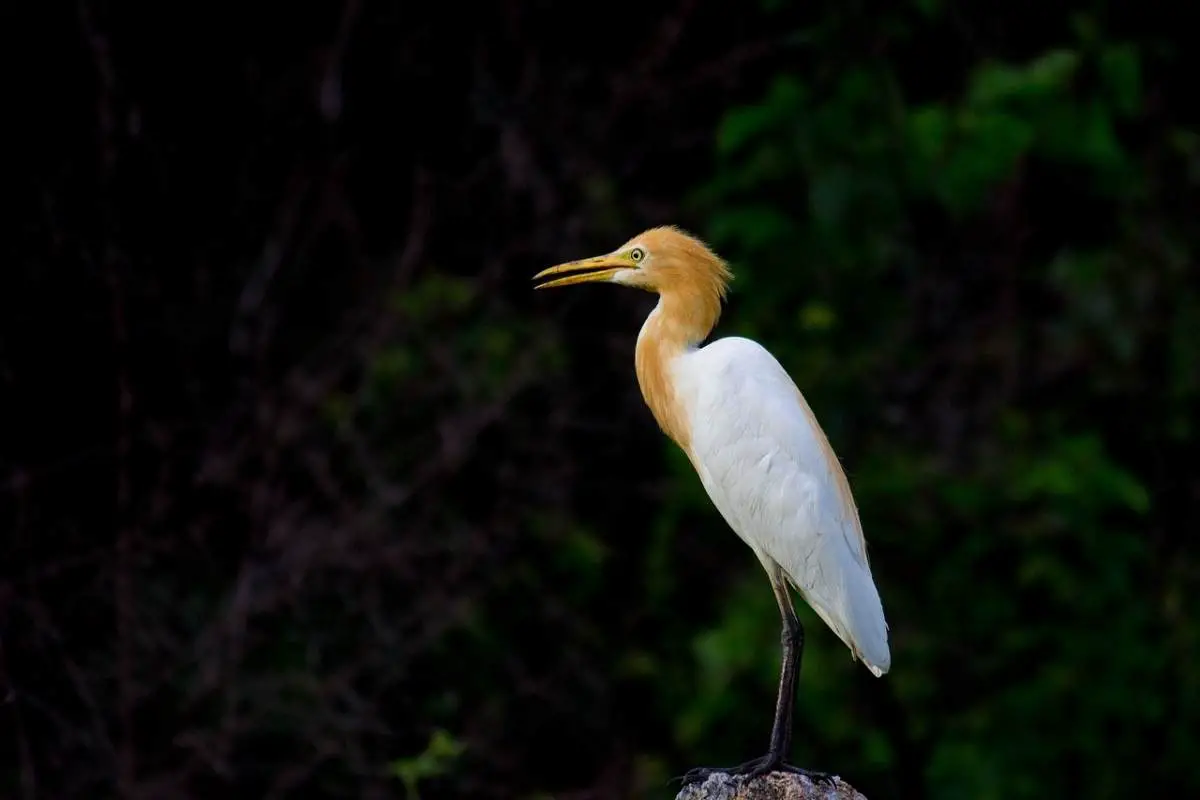
Scientific Name: Bubulcus ibis
The cattle egret is the only egret species that you will commonly see in Hawaii. This bird isn’t native to the islands, but was introduced to Hawaii in 1959.
They were imported from southern Florida by the Hawaii Board of Agriculture and Forestry to help control horn flies, house flies, and other fly species that can damage cattle hides and reduce weight gains.
At that time, they released 105 birds on selected ranches and kept 16 cattle egrets at the Honolulu Zoo. The zoo released these captive egrets in 1961.
These birds thrived for many years, but are now considered a pest because they are nest predators to Hawaii’s native birds, the Hawaiian coot and Hawaiian stilt.
Cattle egrets are native to Africa. They are all white with a yellow bill and yellow legs. They have golden plumes on their back, chest, and head.
The juveniles of the species have a darker colored bill and legs. These egrets consume insects and small animals that scurry along the ground through grassy areas.
2. Great Egret
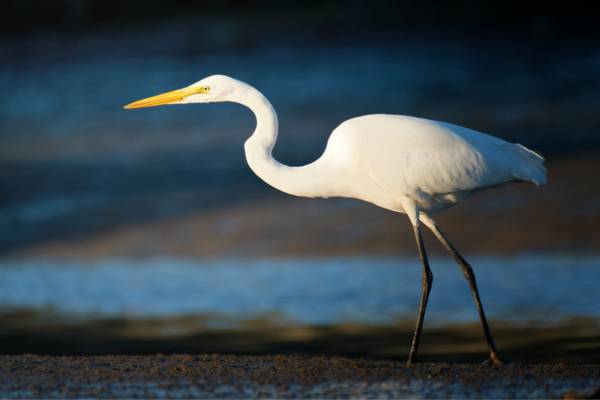
Scientific Name: Ardea alba
Great egrets are potential visitors to Hawaii, though they are not commonly seen on the islands. The great egret is an impressive bird that is tall with a long s-shaped neck. Their bills are long and dagger-like, and their bodies are covered in white plumage.
These birds typically hunt by wading through shallow waters. They can also swim to capture their prey or hover above the surface of the water, dipping into it to catch fish. Great egrets have a wingspan of up to 5.6 feet, and can fly up to 25 miles an hour.
The great egret is also known as the common egret, and is found in the Americas, Africa, Asia, and even southern Europe. It is a widely distributed egret species that has most recently spread to the northern areas of Europe.
Great egrets typically nests in shrubs or trees that are near a water source. They can sometimes, however, make their nests in thickets that are not near a water source, and even in low marshy areas.
3. Intermediate Egret
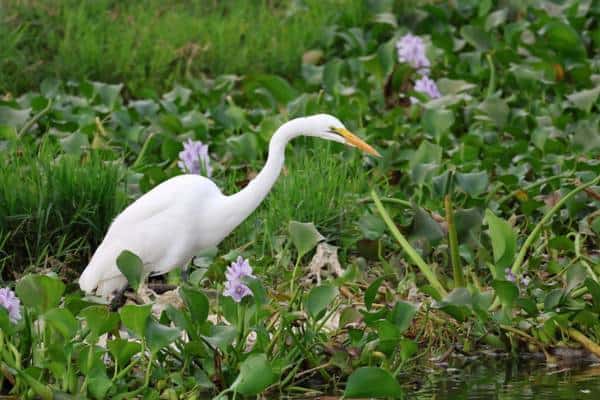
Scientific Name: Ardea intermedia
The intermediate egret is considered an Old World bird species. It is not as big as the great egret, but bigger than the little egret. It is normally found across southern Asia and Japan, in the southern area of the Sahara, and even in Australia.
The intermediate egret is another potential visitor to the Hawaiian islands. This bird is about 22 to 28 inches long with a 41 to 45 inch wingspan. It can weigh up to 14 ounces and has all-white plumage. Its yellow bill is thick and its legs are dark in color.
Intermediate egrets stalk their prey, wading through shallow fresh or coastal water looking for food. Its main food source is fish, insects, frogs, and crustaceans. Intermediate egrets are found in a wide array of habitats, including pools, marshes, freshwater rivers, saltwater lakes, rice fields, and even flooded fields.
This species of egret does need an area with dense emergent aquatic plant life to survive and thrive.
4. Snowy Egret
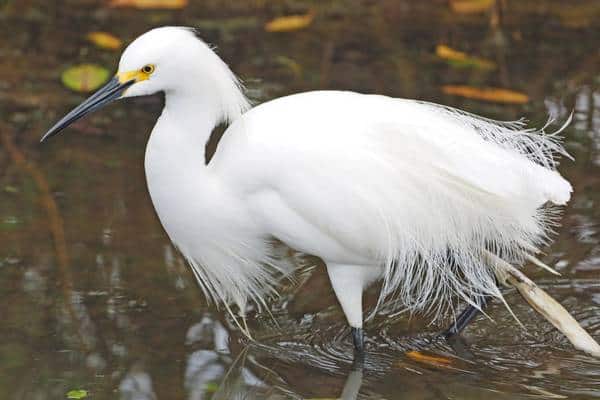
Scientific Name: Egretta thula
The snowy regret is our 4th egret species, and it is another one that is merely a potential visitor to Hawaii. This means you shouldn’t hold your breath hoping to see it when visiting the Hawaiian Islands. The snowy egret is found throughout the United States, in southern Canada, the West Indies, Central America, and South America.
In colder areas of North America, this egret species will winter along the Gulf Coast. Snowy egrets are medium-sized birds that are pure white with a slender body. Their bills are long, thin, and black.
Their thin legs are black, which makes their yellow feet stand out. They can also be easily identified by the area between the upper bill and the front of their eyes, which is yellow in color. This color does change to red during the egret’s breeding season.
Snowy egrets feed on a wide array of items, including fish, fiddle crabs, snails, shrimp, small lizards, crayfish, insects, aquatic vegetation, and frogs.
They nest in swamps, lakes, marshes, ponds, tidal flats, and shallow coastal areas. They can, however, sometimes be found in dry fields, though this isn’t as common.

